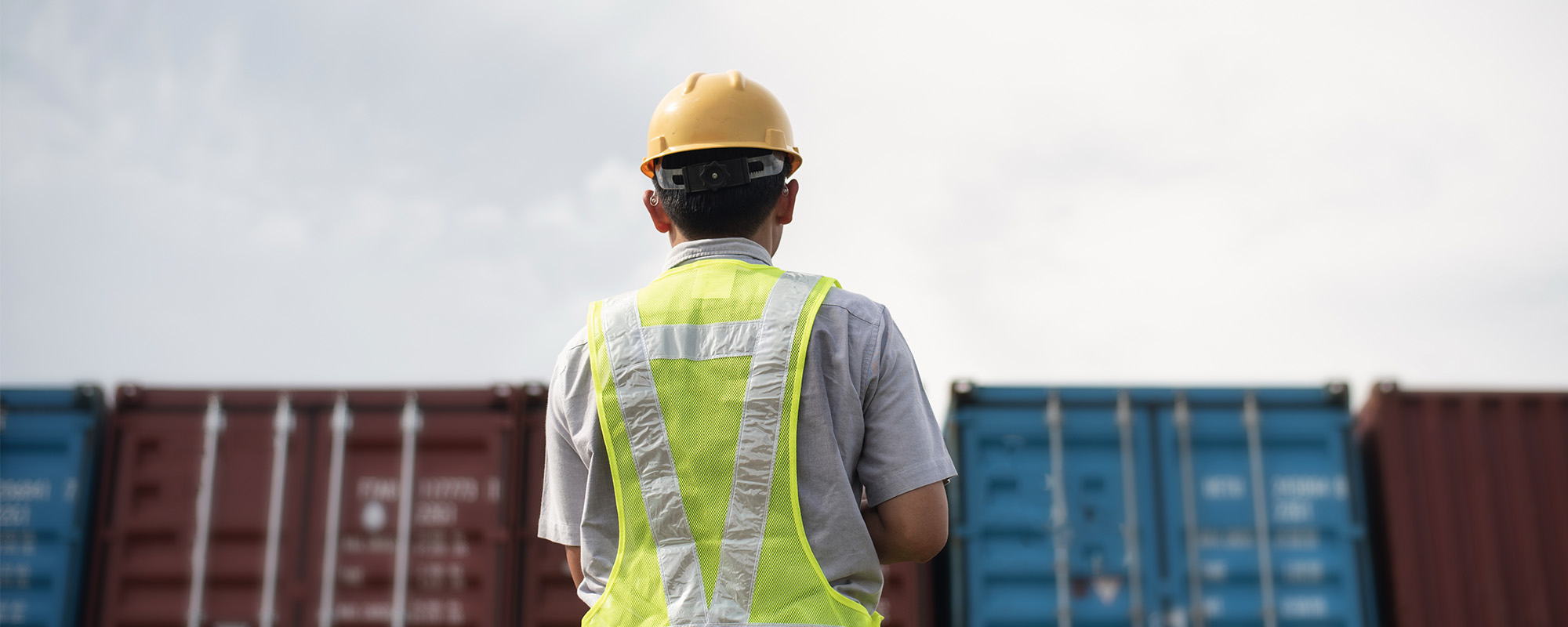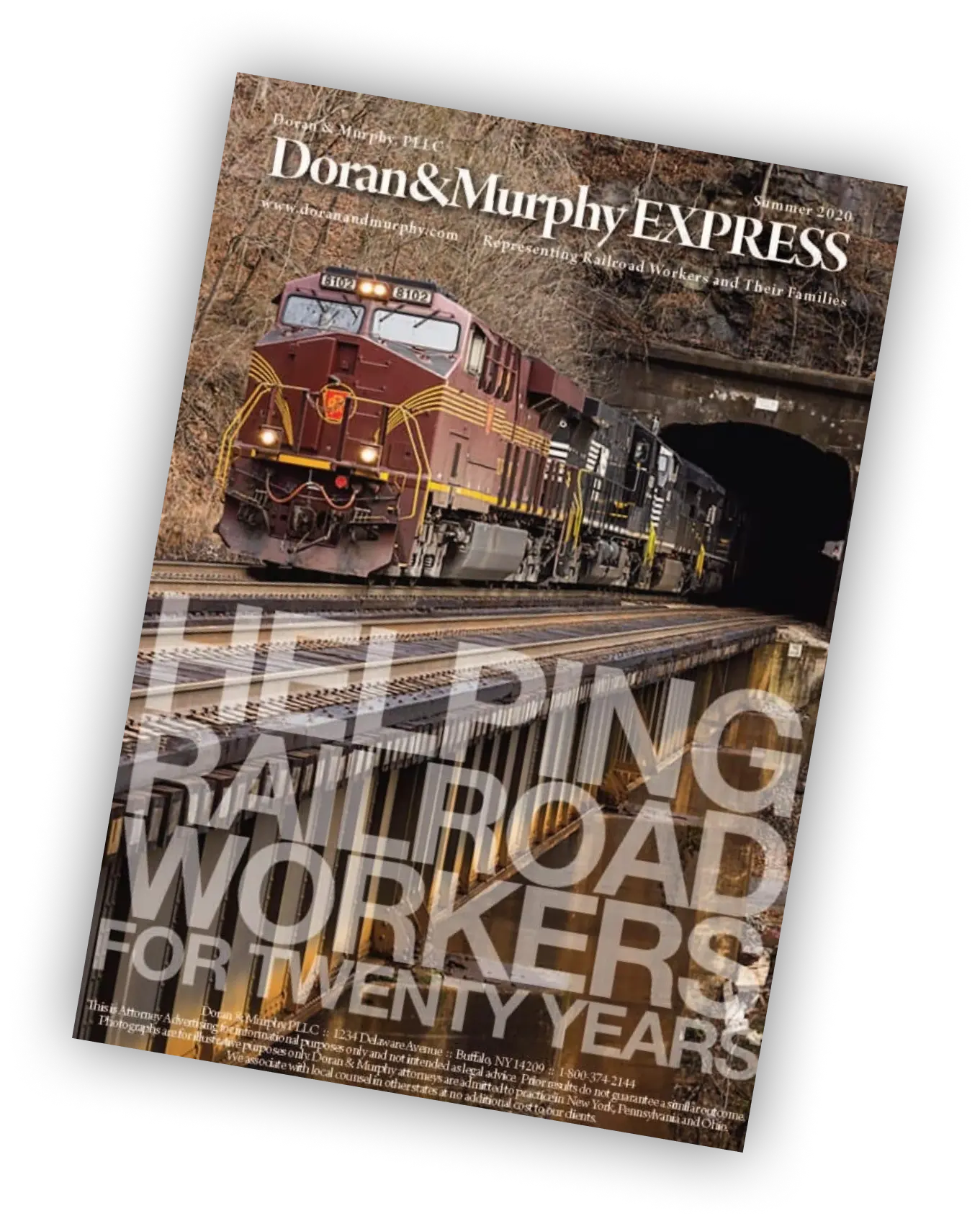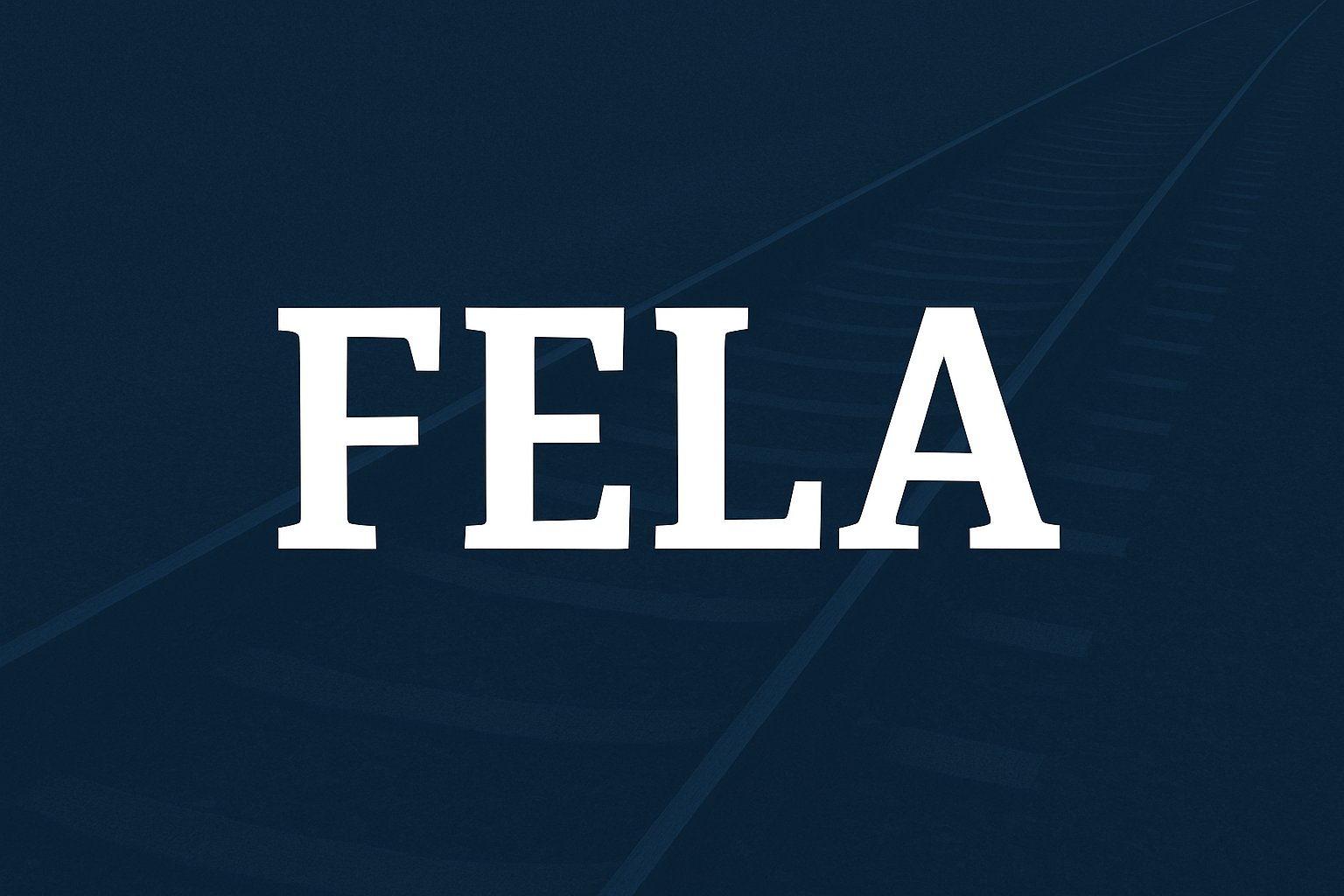
The Federal Railroad Administration (FRA) has published various safety regulations designed to reduce and eliminate railroad worker injuries. A violation of these regulations is known as a “federal defect” and can impose liability on the railroad for any resulting injury. It is not necessary to show that the railroad knew about the defect before the injury happened. In other words, if a worker is injured by reason of a federal defect it imposes “absolute liability.” This means that the railroad can’t escape liability by claiming it didn’t know about the defect ahead of time, nor can it blame the injured railroad worker for causing or contributing to the injury. Instead, the railroad is 100% at fault and must pay money to the injured railroad worker for lost wages, medical expenses, emotional distress, pain and suffering.
The nation’s Class 1 railroads regularly brag about safety being a priority despite hard facts that show the opposite is true. The Norfolk Southern derailment in East Palestine, Ohio earlier this year is a prime example. Another example is found in a published letter that the FRA sent to the Union Pacific Railroad in September 2023 expressing “serious concern about specific and significant risk to rail safety on the Union Pacific Railroad (UP).” The letter noted that safety compliance on the UP “is poor and UP was unwilling or unable to take steps to improve the condition of their equipment.” As part of their inspection, the FRA inspectors found that approximately 20% of the cars and 72% of the locomotives it inspected had federal defects! The FRA noted that UP had recently laid off 94 locomotive craft employees and 44 carmen, the exact same people who would have inspected that equipment, found the defects and fixed them so nobody was needlessly injured! The UP Managers charged with fixing these defects admitted that, “we haven’t been able to get to them yet.” This should not come as any big surprise given all the job cuts and is evidence of railroads choosing profits over safety.
So what are some of the common FRA Regulations that can result in railroad liability to injured workers?
- Part 231 requires that sill steps, ladders, handholds, railings, and running boards shall be “securely fastened” to prevent them from breaking. If any sill step, ladder, handhold, railing, or running board breaks while being used by a railroad worker because it was not “securely fastened,” the railroad is liable for the injury. Many railroad clients who worked as engineers and conductors have been injured over the years by such broken safety devices, especially as result of broken welds or bolts.
- Part 229.119 states: “Floors of cabs, passageways, and compartments shall be kept free from oil, water, waste or any obstruction that creates a slipping, tripping or fire hazard. Floors shall be properly treated to provide secure footing.” Our office has successfully handled cases for conductors, engineers, shopworkers and other railroad workers who have slipped on oil and water on locomotive floors or tripped on water bottles, wrenches, metal edging, and other items left on locomotive floors. Under the law, the railroad must ensure there are not any slip, trip or fall hazards in locomotive walkways and cabs. Failure to do so will result in liability to injured workers.
- Part 229.43 states: “Products of combustion shall be released entirely outside the cab and other compartments. Exhaust stacks shall be of sufficient height or other means provided to prevent entry of products of combustion into the cab or other compartments under usual operating conditions.” This safety regulation requires that workers be kept safe from inhalation hazards from diesel exhaust. Many of our clients have suffered from different types of cancer (lung cancer, bladder cancer, leukemia, and other types of cancer) which can be caused by diesel exhaust exposure. In one case, Hager v Norfolk Southern, the appeals court found that the evidence supported the verdict in favor of our railroad client and concluded: “The evidence admitted at trial revealed that diesel exhaust from lead units of the locomotive usually entered the trailing units and that smoke from trailing units sometimes entered those trailing units, depending on the arrangement of that unit. That is, if a trailing unit was ‘cab forward’ its smoke did not enter its cab, but if it was ‘cab trailing’ its smoke did enter its cab.” Similarly, in Shepard v Grand Trunk, the court affirmed a verdict after finding the evidence supported the FRA Regulation violation where fumes came into the cab through “cracks that were present throughout the cab.”
FRA Regulations are in place for a reason: to protect railroad workers. When they are ignored, workers can be seriously injured or killed. If you or a loved one have suffered an injury on the railroad, call the railroad injury attorneys at Doran and Murphy for a free consultation to find out what your rights are!





